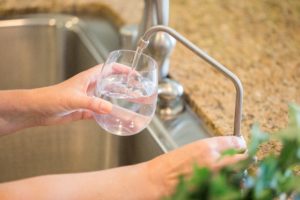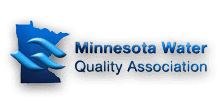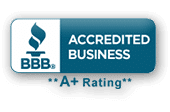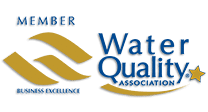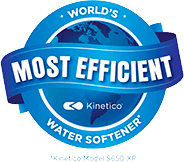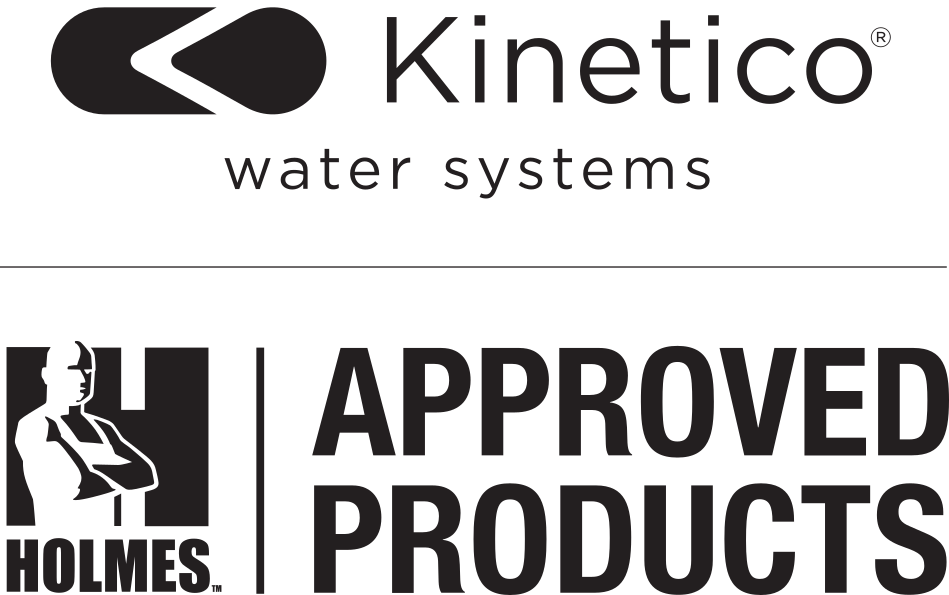Whether your water comes from a municipal water supply or your own private well, it contains impurities — contaminants that make your water less-than-desirable and, in some cases, less-than-tasty. Depending on where you live, your tap water might contain lead, chlorine, chloramine, nitrates, detergents, sulfates, pesticides, bacteria, pharmaceuticals, sediment, and even arsenic.
Reverse osmosis safely reduces these impurities, so you get water that looks, smells, and tastes better. RO systems are easy to maintain and can be very affordable, plus you can stop spending time and money on endless cases of bottled water or ongoing water delivery service.
But what is reverse osmosis and how does it work in a water treatment system?
What Is Reverse Osmosis?
Osmosis is a common natural process by which molecules of a solvent tend to pass through a semipermeable membrane from a less concentrated solution into a more concentrated one, thus equalizing the concentrations on each side of the membrane. This is how your body absorbs nutrients from the food you digest. Reverse Osmosis is a simple technology that harnesses this same principle, only in reverse.
How It Works
The system pushes water through a semipermeable membrane, which works to de-ionize or de-mineralize the water. It’s like a window screen that keeps out bugs and dirt but allows air to flow through. Or air and fuel filters that prevent contaminants from getting into your car’s engine. Only, in this case, the membrane filters out impurities in the water.
Normal household water pressure is enough to drive a non-electric reverse osmosis purification system like Kinetico’s. The clean water continues on its way to your tap, and impurities are flushed down the drain. This process can remove up to 99% of as many as 65 different contaminants from water.
Reverse osmosis systems typically use a multi-stage process to ensure maximum filtration, giving you the best possible drinking water. The stages include:
- Sediment or carbon filter
- Reverse osmosis membrane, to remove almost any other remaining contaminants
- Polishing filter (usually carbon), for a “finishing touch”
Benefits of Reverse Osmosis
Reverse osmosis is a simple, cost-effective way to improve water quality in your home or office. Among its benefits, reverse osmosis eliminates or reduces unusual colors, salty or brackish taste or smell, and a variety of contaminants that can cause hard water.
There are RO systems to fit most needs. In addition to residential and whole-house applications, there are also various models available for commercial applications, from restaurants and spot-free rinse at car washes. For drinking water, our K5 model can be installed in a mechanical area, thus saving space under the kitchen sink — or the breakroom sink in an office. To treat the water throughout your home, the Kinetico Whole House Membrane System can purify and store thousands of gallons a day.


